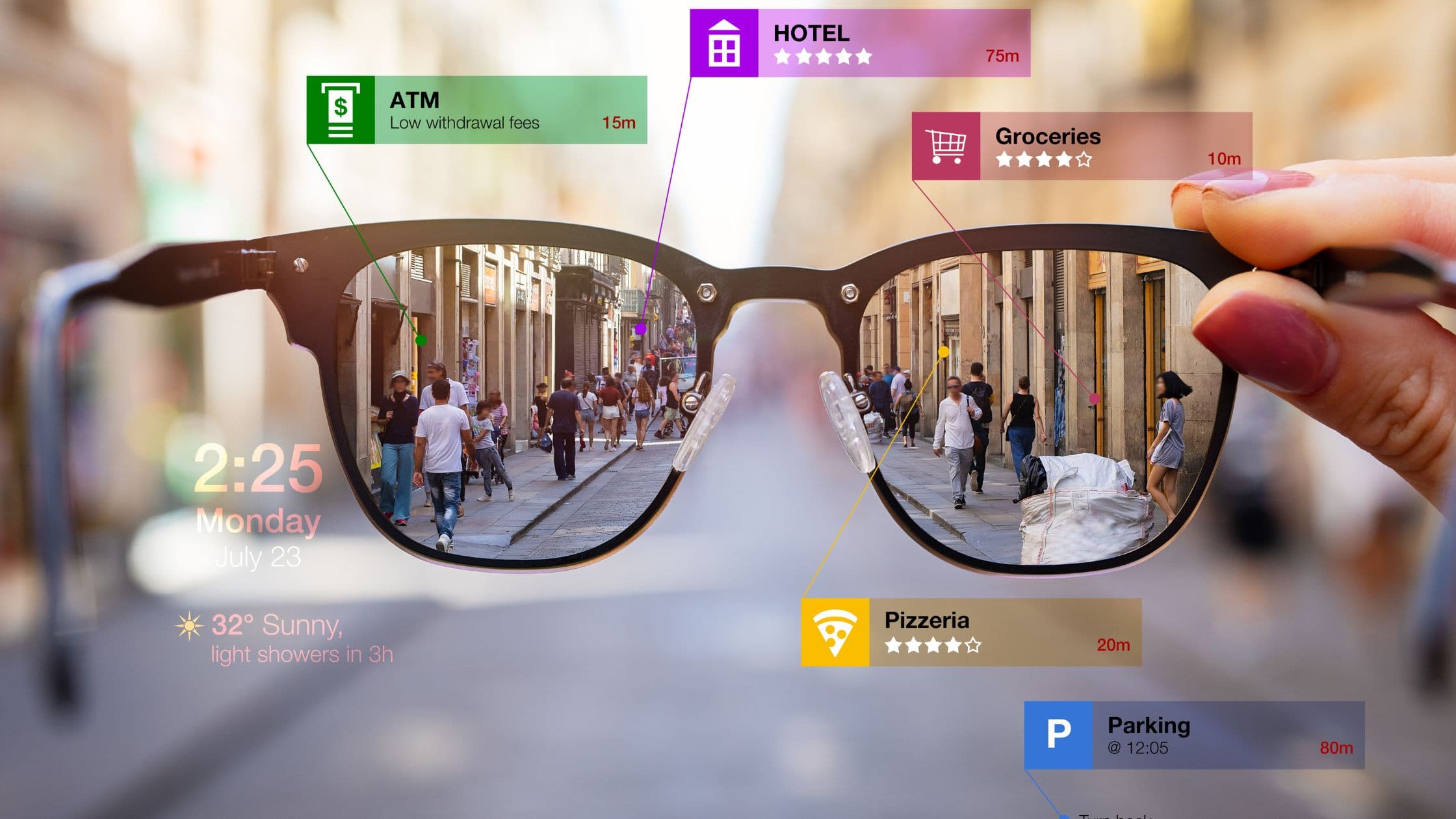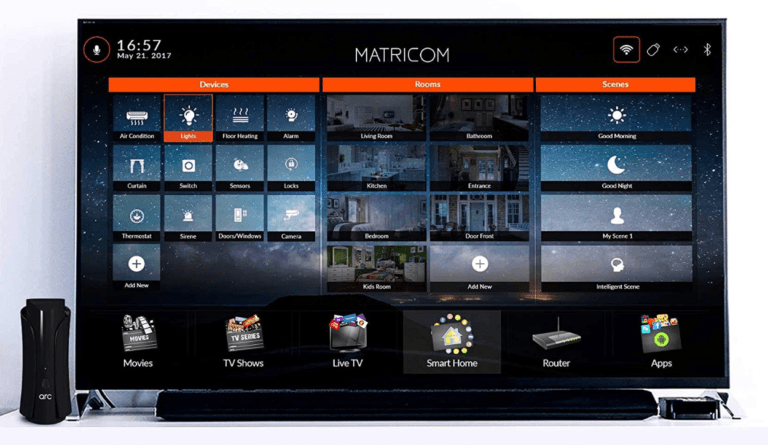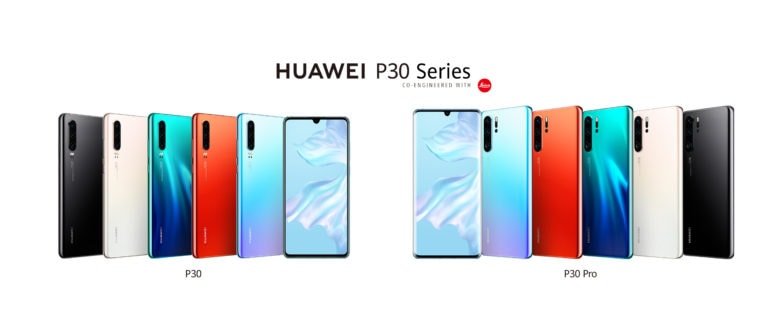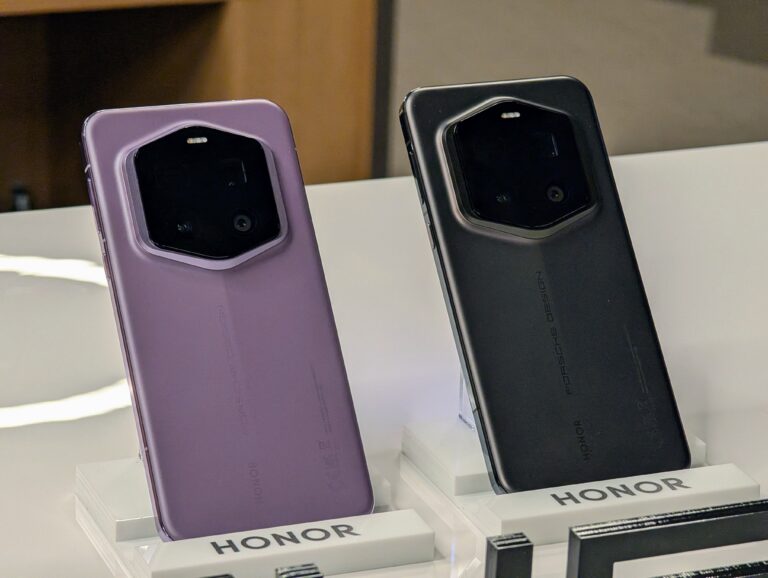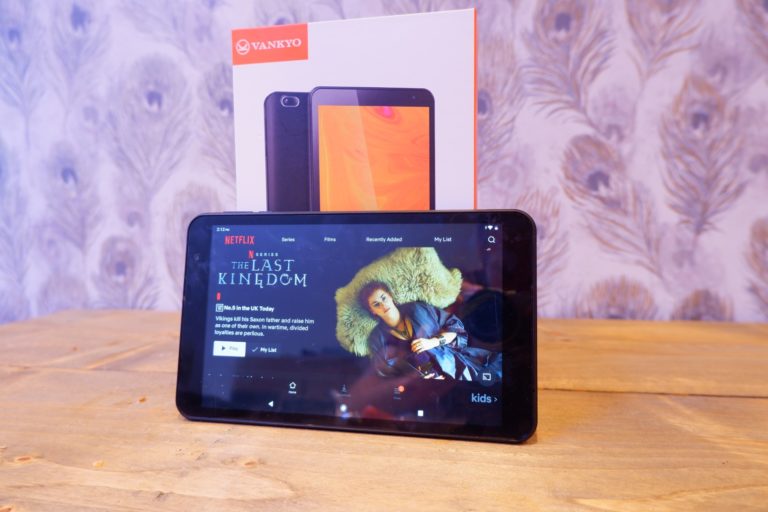Any links to online stores should be assumed to be affiliates. The company or PR agency provides all or most review samples. They have no control over my content, and I provide my honest opinion.
With such a big splash made about virtual reality in the last couple of years, another amazing technology, Augmented Reality, has sort of fallen under its shadow. AR sits in that niche area between a full-on virtual world and simply looking at your surroundings through a camera.
It has a lot of applications, from relaying instant immersive information back to the user, to gaming and seeing how a new armchair will look in the corner of a room. With smartphone technology improving every year, it can expand the versatility of augmented reality. But what AR features could be waiting down the line on new smartphone models?
More 5G Equals Better Augmented Reality
Despite being the centre of a lot of conspiracy theories, the 5G network is wide and fast, and that helps augmented reality run smoothly on smartphones. Phones can tap into and unleash the speeds of 5G to minimise latency in game play, for example.
The engaging experience of a live casino is ever popular among online gamblers and to get the best out of it, reliable and uninterrupted streaming power must be used. With 75% of gamers preferring to use a mobile device, the demand is there.
A touted future feature of online casinos is the integration of augmented reality, with games superimposed on a player’s surroundings.
As of now, players are limited to standard playing experiences at online casinos, but there are areas where augmented reality is happening now, and it relies on constantly evolving technology for boosts.
Avatars
AI has already moved the goalposts in terms of online interactions that people can have, with relationships with AI avatars becoming more commonplace. But this could be taken to an entirely new plane with augmented reality avatars on smartphones. Having a full avatar friend step into your surroundings (through the phone), like a comforting friend appearing in your garden on a summer afternoon, could be therapeutic.
Front and Back Cameras Together
A newer way to use augmented reality could also feature the simultaneous use of the front and back camera of your mobile device. As it stands, you have to move the phone around to get the digital AR content following along with you in the real world. But that could be transferred to head movement or eye tracking instead. While the camera on the back of the phone is looking at the real world, the front-facing camera could interpret facial gestures and movement to drive the augmented reality.
Let’s Get Phygital
Augmented reality can already put a new coffee table in your living room, but by integrating QR codes on items in stores, that could immediately bring the physical product out of the box on the shelf for the purchasers to get a look at in more detail. Advertisers could jump on this to combine the digital and physical (i.e. phygital) experience together. This AI feature, with direct purchase links on the phone, would provide a new level of immersible shopping interaction.
Improved Wayfinding
We all use maps to navigate our way around this world, and there is a space for better integration from augmented reality with this. Better points of interest on a phone when walking around a city, and feedback in real-time from the environment such as bus arrivals and directions when rushing through a busy airport, could simplify navigation.
Cross Platform Apps
This will be a huge area where smartphones can help to take AR to the next level. Users get frustrated by the incompatibility between Android and iOS, which is also a frustration for app developers who have to produce the same app for two different operating systems.
But by making AR more compatible between apps and operating systems, it will allow a lot more people to come together for productivity. Think of a shared learning experience through augmented reality from several people on their own devices, regardless of what those are.
But Will Smartphones Be Ditched?
We didn’t really have mobile capability before the 1990s, and the thought of them disappearing again altogether isn’t on the cards any time soon. But the popularity of wearables could challenge phones in the distant future, as they push the usage of augmented reality to new levels.
Smart glasses are already a thing, which can interact with a person’s surroundings, but due to their size and styling, don’t pack as much processing punch as something like a head-mounted display. The popularity of hands-free devices for augmented reality content was heightened in 2024 with the release of the Apple Vision Pro, but at the same time, it showed that convenient wearable technology has a long way to go.
In Conclusion
The applications of augmented reality go far and wide, from gaming to healthcare training and retail to commerce to sightseeing. Augmented reality has so much to offer and while it grows independently of improving cell phone technology, they merge for a seamless AR experience.

